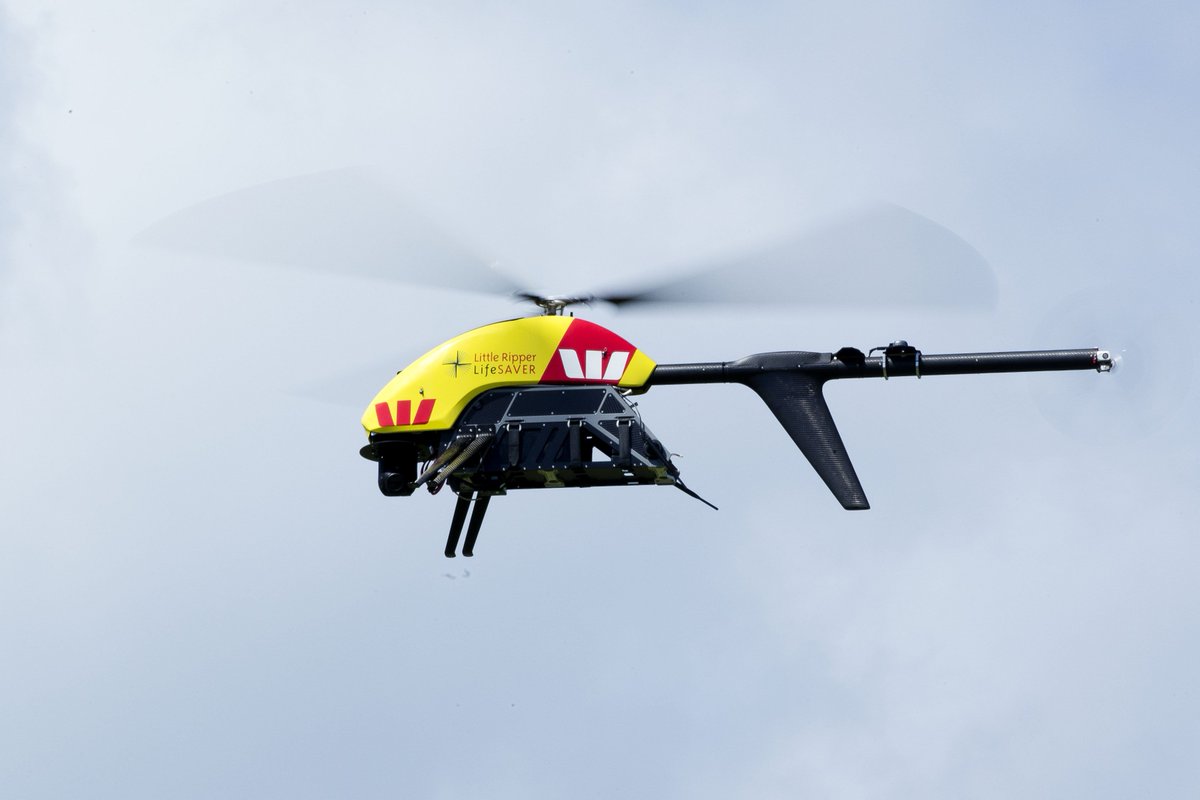Hydrogen-Powered Drones
Unmanned aerial vehicles (UAVs), more commonly known as drones, can only stay in the air for around 20 minutes and have a charge time of one to two hours. What if someone told you that there is a better way? Well Intelligent Energy, a UK-based power technology company, has created hydrogen-powered drones. These drone can stay in the air for up to two hours, six times the normally amount, and only take minutes to charge. The device that does this is a fuel tank on the bottom of the drone.
The extended flight time and shortened recharge time will prove handy for people mapping out an area or searching for someone/something. It will mainly affect people in the oil, gas, mapping, and agriculture fields but will also allow regular people to enjoy more time flying instead of more time grounded. Another thing that this will be good for is for movies and other television uses. The drone can stay out longer to film more at a time and will charge quickly so that there aren't long breaks in the filming. Intelligent Energy is hoping to get a commercial version by 2017.
